We've found 144 matches for your search. Order by
Results
-
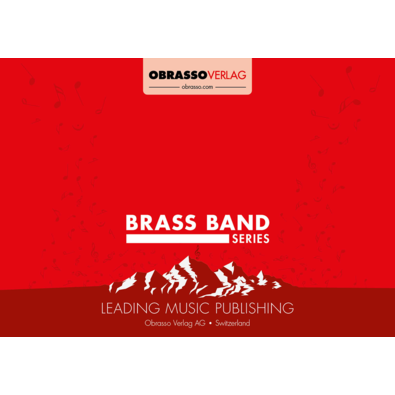 £70.40
£70.40 -
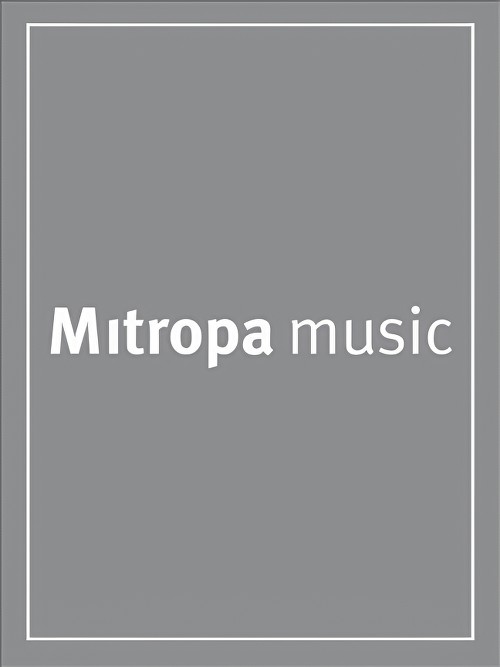 £104.99
£104.99Introduction, Romance & Dances (Brass Band - Score and Parts) - Favre, Pascal
Duration: 7.00
Estimated dispatch 7-14 working days
-
 £64.00
£64.00 -
 £74.95
£74.95EDINBURGH DANCES (Brass Band - Score and Parts) - Kelly, Bryan
.
Estimated dispatch 7-14 working days
-
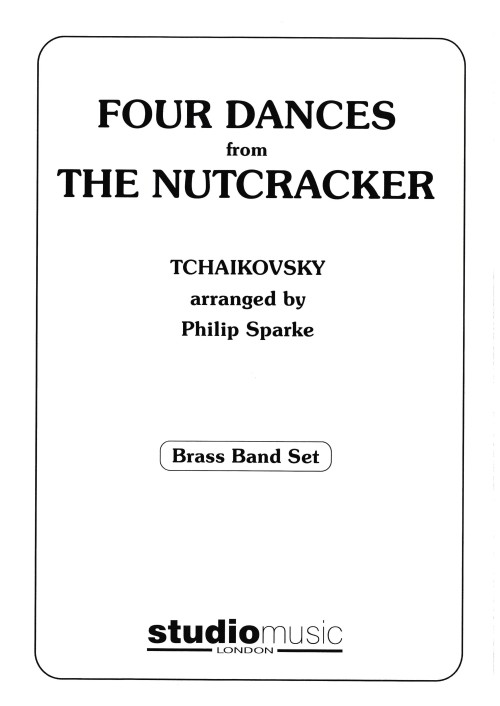 £44.95
£44.95Four Dances from The Nutcracker (Brass Band - Score and Parts) - Tchaikovsky, Peter Ilyich - Sparke, Philip
Includes:MarchDance of the Sugar Plum FairyArabian DanceTrepak
Estimated dispatch 7-14 working days
-
 £69.95
£69.95FOUR SCOTTISH DANCES (Brass Band - Score and Parts) - Arnold, Malcolm - Farr, Ray
Recorded on Polyphonic QPRL207D Quincentenary Concert
Estimated dispatch 7-14 working days
-
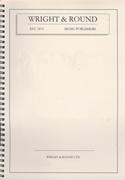 £26.50
£26.50Hungarian Dances (2nd set) (Brass Band - Score and Parts) - Liszt, Franz
-
Estimated dispatch 7-14 working days
-
 £74.95
£74.95NEW WORLD DANCES (Brass Band - Score and Parts) - Ellerby, Martin
Duration: 8:17Includes: Earth Dance; Moon Dance; Sun Dance.Recorded on QPRL085D Vistas
Estimated dispatch 7-14 working days
-
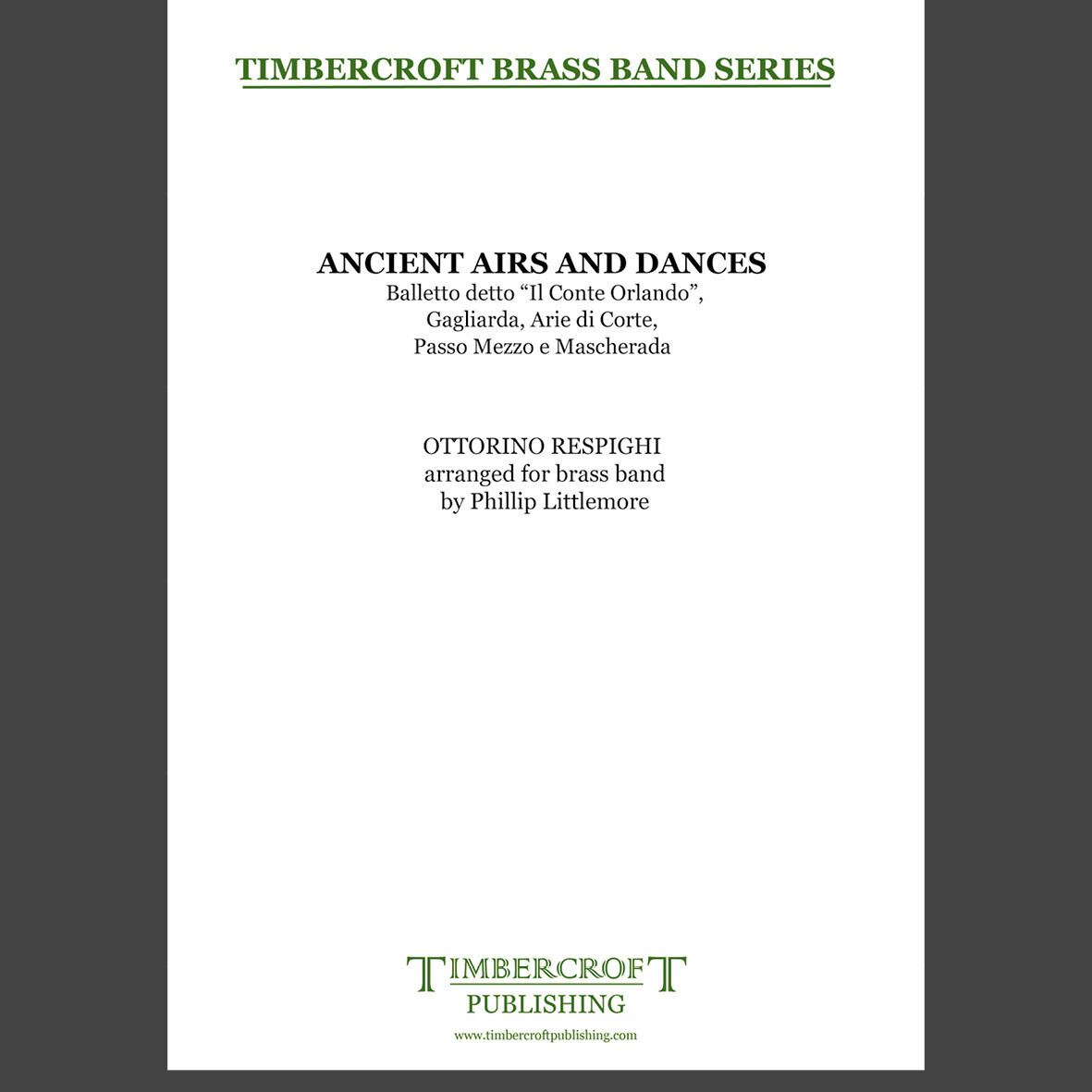 £60.00
£60.00Ancient Airs and Dances - Ottorino Respighi arr. Phillip Littlemore
Estimated dispatch 5-7 working days
-
 £19.95
£19.95Spanish Dances No. 1 (Brass Band - Score and Parts)
Estimated dispatch 7-14 working days
